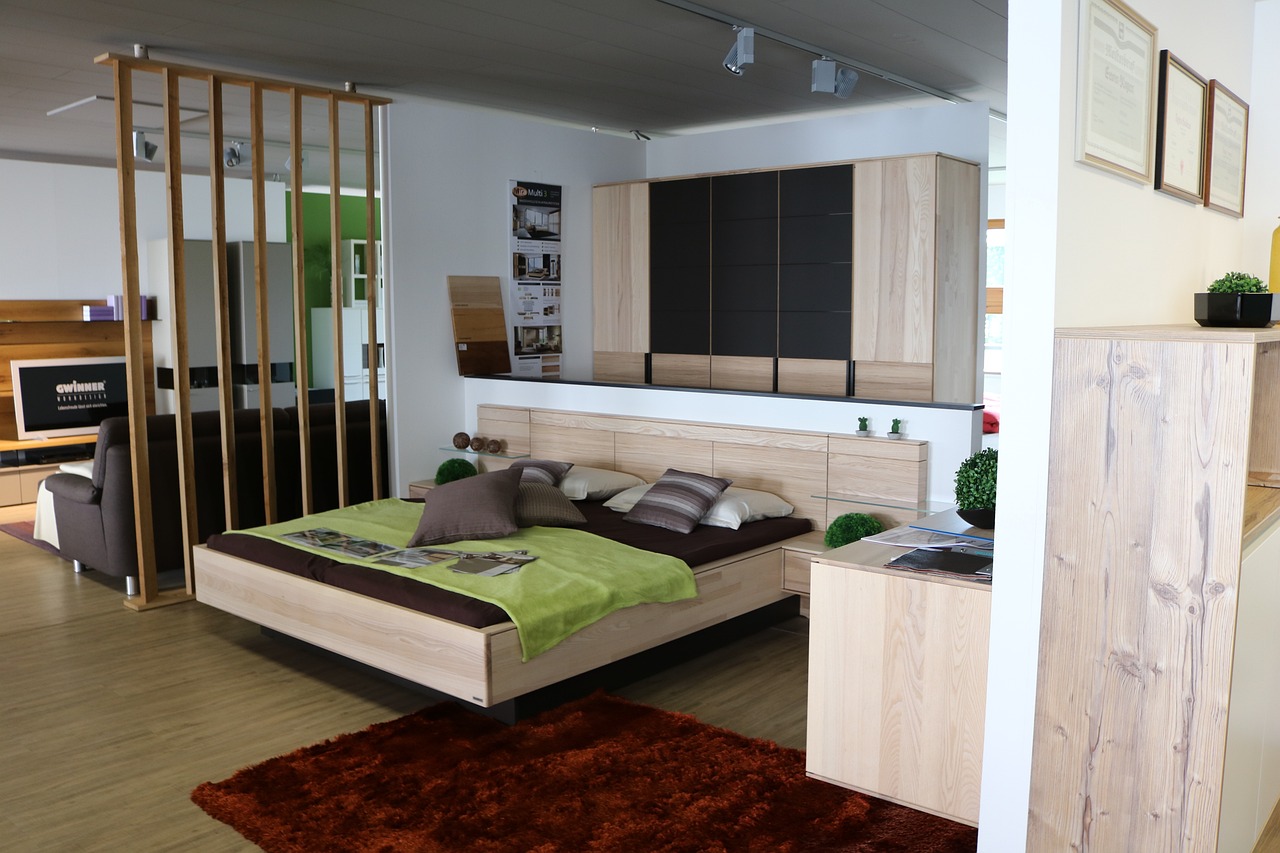Modern Indian Home Décor 2025: Style Meets Culture and Sustainability
In 2025, Indian home décor is witnessing a dynamic transformation, blending modern aesthetics with traditional roots. Homeowners are prioritizing eco-friendly materials, technology-driven solutions, and designs inspired by India’s diverse regions. Contemporary Indian interiors now offer a mix of classic craftsmanship, green living, and innovative functionality, creating spaces that are both beautiful and meaningful. The trend encourages homes that reflect India’s cultural depth while embracing sustainable and smart living solutions.

The landscape of Indian interior design is experiencing a remarkable evolution as homeowners increasingly prioritize spaces that reflect both cultural identity and environmental consciousness. This shift represents more than just aesthetic preferences; it embodies a deeper understanding of how our living spaces can connect us to our roots while preparing us for the future.
How Are Eco Friendly Interiors Transforming Modern Indian Homes?
Sustainable design practices are becoming integral to Indian home décor, with families opting for materials and furnishings that minimize environmental impact. Bamboo furniture, reclaimed wood elements, and locally sourced textiles are replacing mass-produced alternatives. Natural fiber rugs made from jute and cotton, energy-efficient LED lighting systems, and indoor plants that purify air quality are becoming standard features. Water-saving fixtures and solar-powered decorative elements further enhance the eco-friendly appeal while reducing utility costs.
What Makes Heritage and Contemporary Style Combinations So Appealing?
The fusion of traditional Indian craftsmanship with modern design sensibilities creates visually striking and culturally meaningful spaces. Antique brass vessels serve as contemporary planters, while traditional block-printed fabrics appear in sleek, minimalist furniture designs. Hand-carved wooden screens provide privacy in open-plan layouts, and vintage trunk boxes function as stylish coffee tables. This approach allows families to preserve cultural artifacts while adapting them for current lifestyle needs, creating homes that tell personal stories through design.
How Do Smart Functional Homes Benefit Indian Families?
Technology integration in Indian homes focuses on enhancing daily convenience while respecting cultural practices. Smart storage solutions accommodate traditional items like prayer accessories and seasonal clothing. Automated lighting systems adapt to festival celebrations and daily routines. Kitchen designs incorporate modern appliances alongside traditional cooking methods, with designated spaces for grinding stones and spice storage. Multi-functional furniture pieces maximize space efficiency in urban apartments while maintaining the flexibility needed for joint family gatherings.
Why Are Warm Tones and Natural Textures Gaining Popularity?
Earthy color palettes and organic textures create calming environments that counterbalance the intensity of urban life. Terracotta walls, sandstone accents, and natural wood finishes establish grounding connections to nature. Handwoven textiles in ochre, burnt orange, and deep maroon add warmth while celebrating regional textile traditions. Clay pottery, stone sculptures, and copper accessories introduce tactile elements that invite interaction and create sensory richness throughout living spaces.
Where Can You Find Creative Design Inspirations Across India?
Regional design traditions offer endless inspiration for contemporary Indian homes. Rajasthani mirror work appears in modern wall art installations. Kerala’s wooden architecture influences contemporary ceiling designs. Bengali terracotta patterns inspire contemporary tile work. Kashmiri papier-mâché techniques find expression in modern decorative objects. Gujarat’s vibrant textile traditions translate into contemporary upholstery choices. Each region contributes unique elements that can be adapted for modern living while maintaining cultural authenticity.
| Design Element Category | Estimated Cost Range | Key Features |
|---|---|---|
| Sustainable Furniture | ₹15,000 - ₹75,000 per piece | Bamboo, reclaimed wood, locally sourced materials |
| Heritage Textiles | ₹2,000 - ₹25,000 per item | Handwoven fabrics, block prints, regional crafts |
| Smart Home Integration | ₹10,000 - ₹1,00,000 | Automated lighting, smart storage, app-controlled systems |
| Natural Décor Elements | ₹500 - ₹15,000 per piece | Clay pottery, stone sculptures, copper accessories |
| Eco-friendly Lighting | ₹1,500 - ₹20,000 | LED systems, solar-powered options, energy-efficient designs |
Prices, rates, or cost estimates mentioned in this article are based on the latest available information but may change over time. Independent research is advised before making financial decisions.
The modern Indian home décor movement represents a thoughtful balance between honoring cultural heritage and embracing sustainable innovation. This approach creates living spaces that are both environmentally responsible and deeply personal, reflecting the values and aspirations of contemporary Indian families. As this trend continues to evolve, it promises to redefine how we understand the relationship between tradition, modernity, and environmental stewardship in our most intimate spaces.




